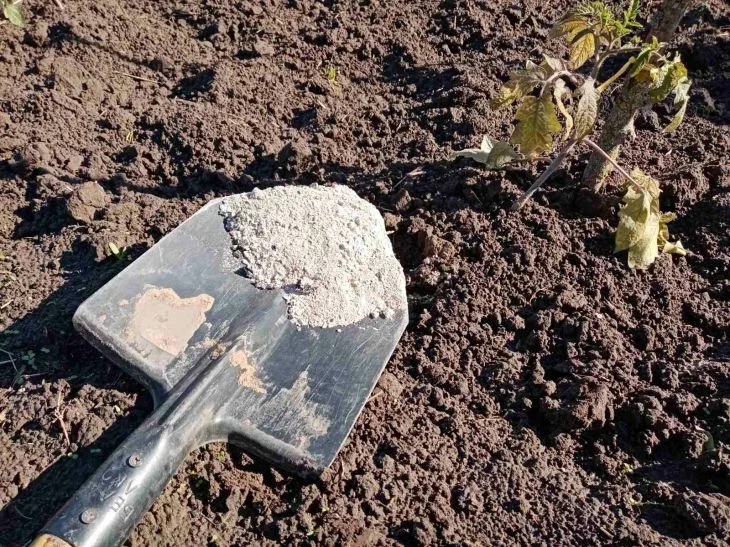It seems you are doing everything right: planting, watering, and feeding on time.
But the harvest becomes more modest every year, and diseases attack more often. What is the reason? Perhaps you are repeating mistakes that you do not even know about.
For example, too much watering is one of the most common problems. The roots of the plants begin to rot, and you think that they lack fertilizer.

Or you plant cucumbers in the same place for years, wondering why they get sick. Crop rotation is not an empty phrase, but a necessity that many ignore.
Another typical mistake is improper mulching. You put fresh grass under the bushes, thinking that this will protect them from weeds. But such mulch turns into a breeding ground for fungus, especially in a rainy summer.
Or, for example, you plant seedlings in the ground too early, focusing on the calendar, and not the weather. The result is frozen sprouts and wasted time.
We will analyze all the mistakes that steal your harvest without you noticing, and tell you how to avoid them.
Mistake number four is ignoring the distance between plants. In an effort to save space, you plant tomatoes, peppers or cabbage too close to each other.
As a result, plants compete for light, water and food, and diseases spread quickly.
For example, cucumbers planted more densely than 30 cm from each other are more likely to suffer from powdery mildew. Always check the recommendations on the seed packaging - it indicates the optimal planting pattern.
The fifth mistake is fertilizing "by eye". You sprinkle ash or urea without knowing the exact needs of the soil.
Excess nitrogen leads to excessive leaf growth to the detriment of fruits, and oversaturation with potassium blocks the absorption of other elements.
Before applying fertilizer, do a simple test: take a handful of soil, moisten it slightly and squeeze it in your fist.
If the lump crumbles, the soil is sandy and needs organic fertilizers. If it holds its shape, it is clayey and requires loosening agents (peat, sand).
The sixth mistake is neglecting pest prevention. You wait until aphids or caterpillars appear on the leaves and only then begin to act.
But by this time the colony of insects has already managed to cause damage.
Set up butterfly traps (containers with fermented compote), hang up sticky tape for flies, and in early spring spray the bushes with a soap solution - this will stop the pests before they become active.
The seventh mistake is improper pruning. You remove dry branches from fruit trees in the summer, opening wounds for infections. Or you cut raspberries to the root, depriving yourself of a harvest for the next year.
Remember: stone fruits (cherries, plums) are pruned only in the spring before the sap starts to flow, and berry bushes - after the harvest.
The eighth mistake is using unprepared seeds. You plant them straight from the bag, without soaking or disinfecting them. As a result, half of them do not sprout, and the rest grow weak.
Soak the seeds in a solution of potassium permanganate (1 g per liter of water) for 20 minutes, then rinse and germinate in a damp cloth - this will increase their germination and resistance to diseases.
The ninth mistake is the lack of wind protection. You plant tall crops (corn, sunflowers) in an open place, without thinking that the wind breaks the stems and dries the soil.
Install screens of climbing plants (beans, sweet peas) or plant lilac bushes along the fence - they will create a natural barrier.
The tenth mistake is harvesting the crop in one fell swoop. You pick all the tomatoes at once, as soon as they turn red, and then wonder why the rest of the fruits are getting smaller.
Harvest the vegetables gradually, allowing the plant to direct its energy to the remaining ovaries.
For example, it is better to pick cucumbers every 2-3 days, peppers as they ripen, and zucchini while they are young.
